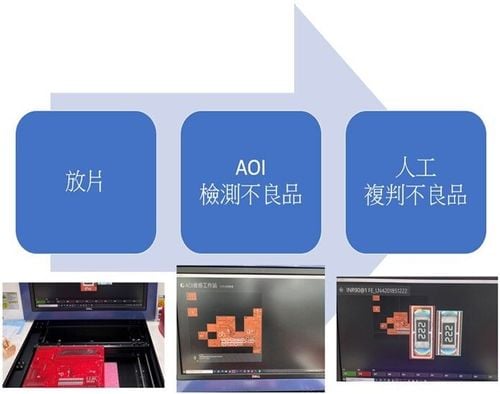【2022 Application Example】 Even the United Nations is on board! Yoyo Data Application captures global business opportunities with agricultural data
Nearly 2,000 days in the fields have made Yoyo Data Application a top player in Taiwan’s agricultural data sector. Their comprehensive grasp of crop yields, production periods, and prices has enabled them to collaborate with the United Nations. The service area for agricultural land skyrocketed from 24 hectares to over 6,000 hectares in less than three years—a 250-fold increase. For Wu Junxiao, founder and CEO of Yoyo Data Application, aligning with global environmental trends and becoming a data company at the intersection of climate technology and the green economy to serve the global market is his ultimate entrepreneurial goal.
Wu Junxiao, originally an engineer, joined the Industrial Technology Research Institute in 2010, where he honed his profound technical and data science analytic skills. 'At that time, I was working in data analysis engineering, and almost all data-related materials would be directed to me. Additionally, I worked on indoor cultivation boxes, planting vegetables and mushrooms, hence planting the seed of entrepreneurship by integrating agriculture with data analysis,' Wu recalls.
Since 2016, Wu Junxiao has been frequently visiting farms to 'embed' himself among farmers and agricultural researchers, chatting and sharing information systematically, which quickly established his agricultural know-how.
Solid data analysis capabilities have even convinced the United Nations
In 2017, he left the Institute to start his own business and founded Yoyo Data Application in 2019. Today, many agricultural businesses are his clients, with service areas rapidly climbing from 24 hectares to over 6,000 hectares, expected to surpass 7,000 hectares in 2022. His clientele includes markets in Japan, Central America, and even entities under the United Nations like the World Farmers Organization, which utilizes the 'Yoyo Crop Algorithm System' supported by Yoyo Data.
How exactly does Yoyo Data Application manage to impress even UN agencies?
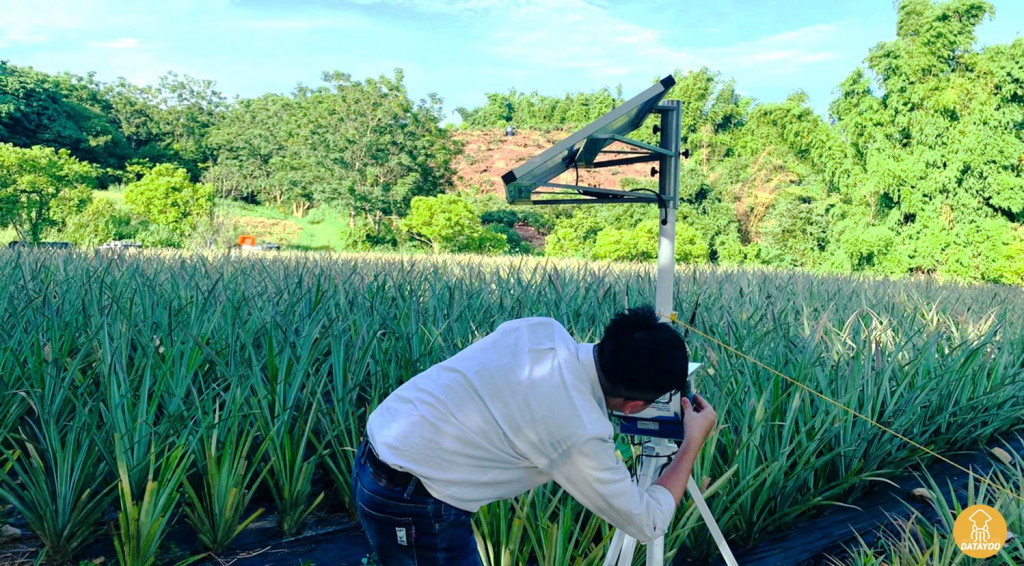
▲The 'Yoyo Crop Algorithm System' developed by Yoyo Data Application accurately predicts the production period, yield, and prices.
Firstly, due to Wu Junxiao's precise mastery over agricultural data, Yoyo Data Application's clients don't necessarily need sensors or other hardware devices. 'Sensors are expensive and if you buy cheap devices, you just collect a lot of noise or flawed data, which is useless,' Wu explains. He continues, 'Collecting data doesn't necessarily require sensors; our data solutions can solve problems more directly and effectively.' For instance, one of Yoyo Data Application's products, the Yoyo Money Report Agri-price Linebot, developed in collaboration with LINE in 2020, gathers data on origin, wholesale, and terminal prices spanning over 10 years, driven by Yoyo Data’s proprietary AI algorithms. This enables the system to autonomously learn about agricultural product trading prices, using big data and AI to perform price prediction analysis, thereby helping buyers reduce transaction risks and expanding the data application to the entire agricultural supply chain.
Regarding banana prices, the accuracy of price predictions increased from the original 70% to 99.8%. Wu Junxiao notes that both buyers and farmers are very sensitive to prices. Now, through the Yoyo Money Report service, both buyers and farmers can precisely understand the fluctuations in agricultural product prices. Yoyo Data can also provide customers with optimal decision-making advice based on predictive models for crop growth, yield, and price estimations. Currently, price predictions cover 28 types of crops.
Precise estimates of production periods and price fluctuations allow Yoyo Data to provide differentiated services based on data analysis
The 'Yoyo Crop Algorithm System' provided by Yoyo Data Application incorporates a 'Parameter Bank', usually collecting 200-300 parameters, not just straightforward data like temperature and humidity, but also data divided according to the physiological characteristics of the crops. Through effective dynamic data algorithms, it can accurately calculate when crops will flower and when they can be harvested, what the yield will be, and so forth. For instance, the prediction accuracy of the broccoli production period is 0-4 days, with the flowering period predicted this year to be precisely 0 days, perfectly matching the actual flowering time in the field. In these dynamic calculations, a 7-day range is considered reasonable, and the average error value of Yoyo Data's predictions typically ranges from 2-4 days, with most crop production period accuracies above 80%.
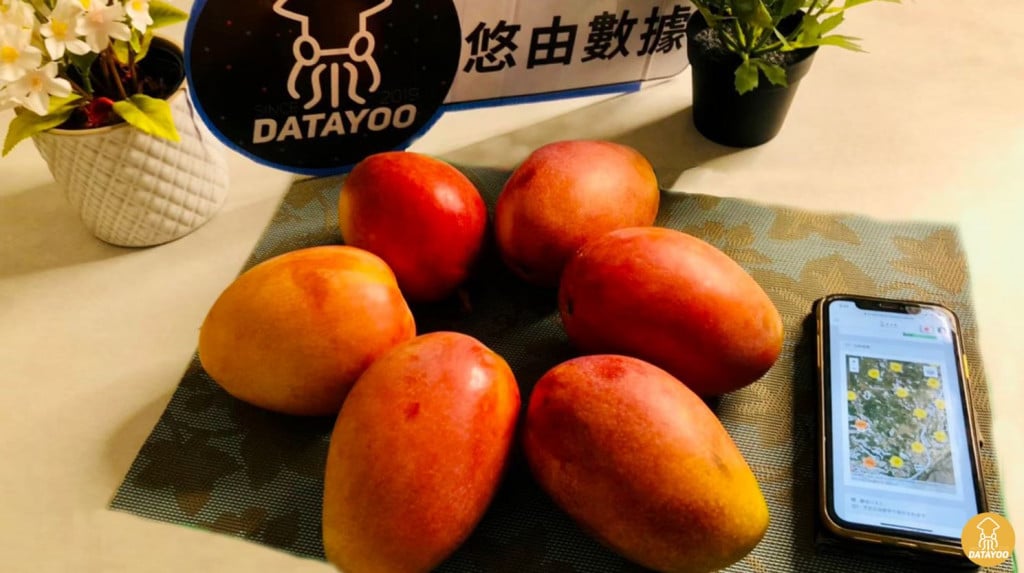
▲Through effective dynamic data algorithms, over 120 global crops can have their production periods and yields accurately estimated.
Using these effective dynamic data algorithms can set estimates for production quantities, helping adjust at the production end. Yoyo Data Application's clientele primarily includes exporters of fruit crops like pineapples, bananas, guavas, mangos, pomelos, sugar apples,
Taiwan's agricultural production is highly homogenized, often leading to a rush to plant the same crops and resulting in price crashes. Yoyo Data Application helps clients differentiate their offerings. Thus, Wu Junxiao positions his company as a boutique digital consultant, carefully selecting clients for quality over quantity. He notes that Taiwanese agricultural clients focus on how to improve yield rates, even categorizing yield rates by quality, aiming for high-quality, specialized export markets; whereas international clients prioritize maximizing per-unit yields, showing different operational approaches in domestic and international markets.
In addition to agricultural fruit, Yoyo Data Application has also extended its services to the fisheries sector, including species like milkfish, sea bass, and white shrimp, all using the same system to establish various parameters related to the growth of fish and shrimp, such as when to feed and when to harvest, and the anticipated yield, timing, and prices.
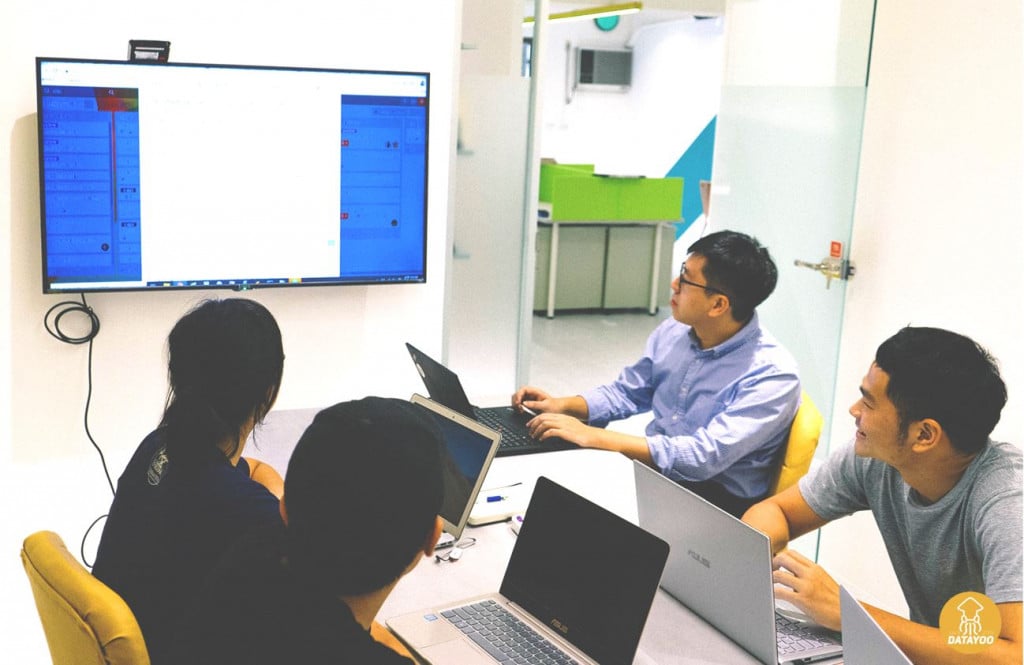
▲Yoyo Data Application harnesses the power of data to create miracles in smart agriculture.
In response to the company's rapid development, Yoyo Data Application introduced venture capital funds in 2021 to expand its staff and promote its business. Wu Junxiao states that in response to the global trend towards net zero carbon emissions by 2050, he plans to help clients plant carbon in the soil, effectively retaining carbon in the land while also connecting clients to carbon trading platforms, creating environmental business opportunities together.
Wu Junxiao says that from the start of his entrepreneurial journey, he positioned the company as a global entity, thus continuous international collaborations are planned. As a data company serving a global clientele and focused on climate technology and the green economy, this represents Wu’s expectations for himself and his company's long-term goals.
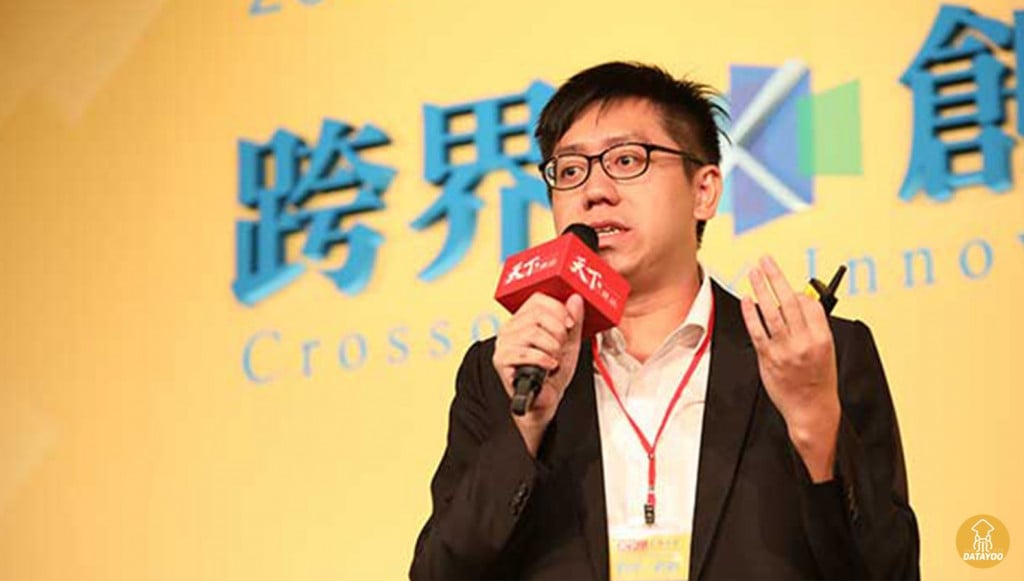
▲Yoyo Data Application founder and CEO Wu Junxiao
「Translated content is generated by ChatGPT and is for reference only. Translation date:2024-05-19」

